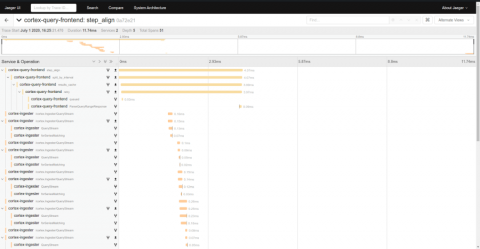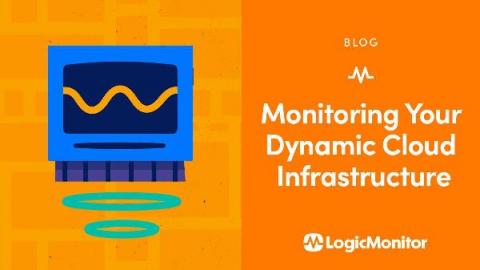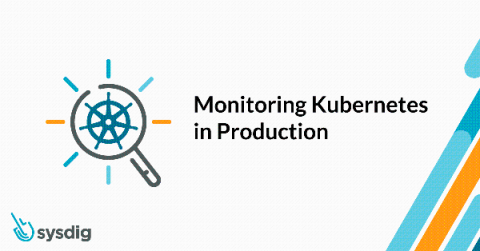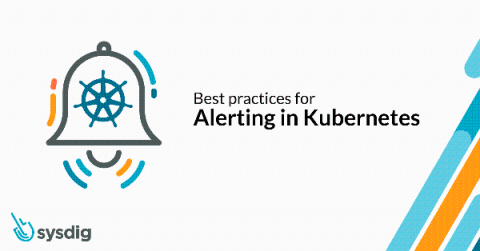SAI Something Linux: Monitoring Linux with Splunk App for Infrastructure
Metrics and logs go together like cookies and milk. Metrics tell you when you have a problem, and logs/events often tell you why that problem happened. But it’s always been harder than it needed to be to get both types of data onto a single screen, especially when the sysadmins using the tools aren’t necessarily daily experts in managing those monitoring platforms.











